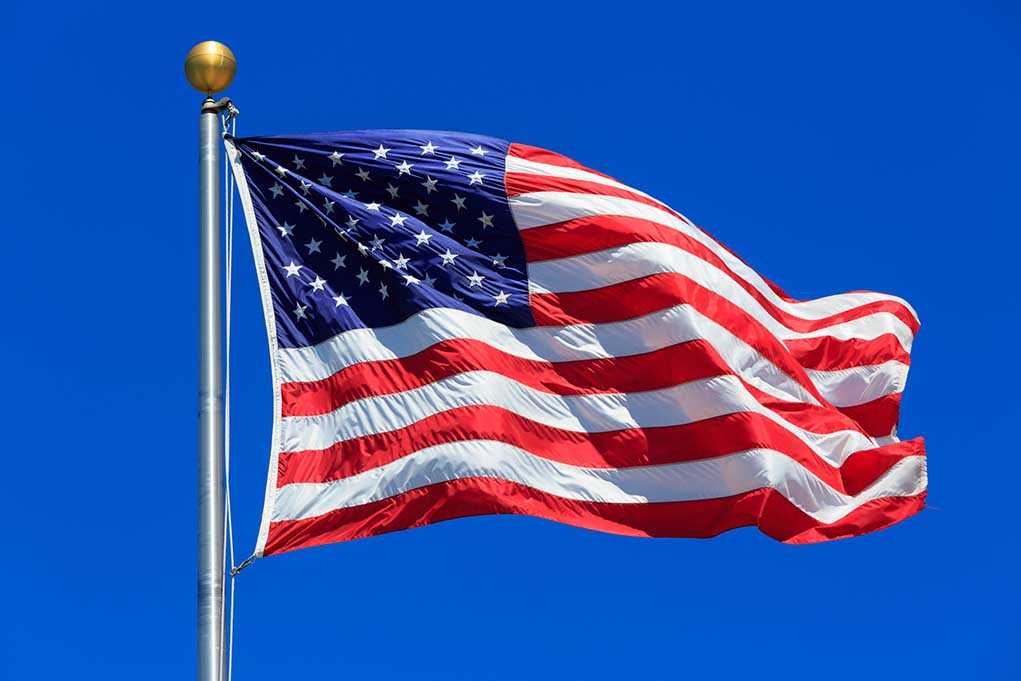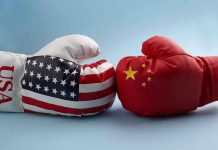
President Trump’s tariff strategy, once derided by economists worldwide, is now being recognized as a brilliant economic move that has revitalized American manufacturing and strengthened worker wages against all predictions.
Key Takeaways
- Trump’s tariff policy, despite initial criticism, has increased manufacturing jobs and raised blue-collar wages
- Top economists now acknowledge the strategy may have “outsmarted all of us” as predicted economic disaster failed to materialize
- The 10% global tariff generates approximately $400 billion in annual revenue for U.S. taxpayers
- China now faces a substantial 145% tariff rate, effectively rebalancing trade relationships
- U.S. Court of International Trade challenges to the tariffs have created legal uncertainties but implementation continues pending final rulings
From Economic Criticism to Reluctant Praise
When President Trump first implemented his tariff strategy, economic experts predicted catastrophic outcomes. Critics forecasted massive inflation, job losses, and even global recession. The weighted average applied tariff rate has risen to 16.1 percent, the highest since 1941, representing a significant shift in American trade policy. Despite these dramatic changes, the economic apocalypse predicted by detractors failed to materialize. Instead, the manufacturing sector has experienced growth, and American workers have seen tangible benefits in the form of job security and wage increases.
“This would seem like a victory for the world, and yet would produce $400 billion of annual revenue for US taxpayers. Trade partners will be happy with only a 10% tariff, and US tax revenue will go up. Maybe the administration has outsmarted all of us,” Torsten Sløk, Chief Economist at Apollo Global Management
The acknowledgment from a top economist that Trump may have “outsmarted all of us” represents a significant shift in perception. This admission comes as the data increasingly shows that tariffs have successfully pressured trading partners without devastating American consumers. While prices have increased modestly in some sectors, the overall impact has been offset by strengthened domestic production and a more robust job market for American workers in manufacturing sectors that had long been in decline.
Strategic Targeting of China and Revenue Generation
President Trump’s tariff strategy shows particular sophistication in its approach to China. While maintaining a 10% global tariff baseline, Trump increased China’s tariff rate to a substantial 145%. This targeted approach addresses longstanding concerns about intellectual property theft, forced technology transfers, and currency manipulation by the Chinese government. The differential treatment has forced a recalibration of the trade relationship, with early signs showing manufacturing returning to American shores as the cost advantage of Chinese production diminishes.
“Extending the deadline one year would give countries and US domestic businesses time to adjust to the new world with permanently higher tariffs. It would also result in an immediate decline in uncertainty, which would be positive for business planning, employment, and financial markets,” Torsten Sløk, Chief Economist at Apollo Global Management
The revenue generation aspect of the tariff strategy has proven particularly successful. In 2025 alone, tariffs are projected to increase federal tax revenues by $156.4 billion, representing the largest tax hike since 1993. Unlike traditional tax increases that directly burden American citizens, these revenues come primarily from foreign manufacturers and importers. This revenue stream helps address budget concerns while placing the financial burden primarily on those who have benefited from previous trade imbalances.
Legal Challenges and Economic Reality
The tariff strategy has faced legal hurdles, with the U.S. Court of International Trade ruling in May 2025 that some tariffs imposed under the International Emergency Economic Powers Act (IEEPA) are illegal. However, the U.S. Court of Appeals has allowed these tariffs to remain in effect pending a final court decision. This legal uncertainty creates challenges but has not derailed the overall strategy. The administration has demonstrated flexibility, temporarily reducing some tariffs while maintaining pressure on strategic competitors.
“The court order makes tariff scenarios murkier in the short term,” said Bruce Kasman, Managing Director and Head of Economic Research at J.P. Morgan.
Despite predictions that tariffs would reduce U.S. GDP by 0.9 percent when accounting for both U.S.-imposed and retaliatory tariffs, the economy has shown remarkable resilience. Blue-collar wages have risen, manufacturing employment has increased, and the feared inflation spike has been moderated by businesses absorbing costs or finding efficiencies. The tariff strategy has also repositioned America’s bargaining power in trade negotiations, with several countries showing new willingness to address longstanding trade imbalances rather than face continued or increased tariffs.
A Vindication of America’s First Trade Policy
The evolving narrative around President Trump’s tariff strategy represents a vindication of his America First approach to trade policy. After decades of trade deals that prioritized theoretical global efficiency over American workers’ interests, the tariff strategy has effectively rebalanced trade relationships while strengthening domestic manufacturing. The admission from economic elites that they may have been outsmarted demonstrates the strategy’s effectiveness in achieving its core objectives: protecting American jobs, revitalizing manufacturing, and generating revenue without burdening American taxpayers.
As trade partners adjust to this new reality, the American economy continues to demonstrate strength and resilience. The fear that tariffs would trigger immediate and devastating global economic consequences has proven unfounded. Instead, they have served as effective leverage in restructuring trade relationships that had grown unbalanced over decades. For American workers in manufacturing sectors that had faced relentless offshoring pressure, the policy has delivered tangible benefits that theoretical economic models failed to capture or prioritize.















